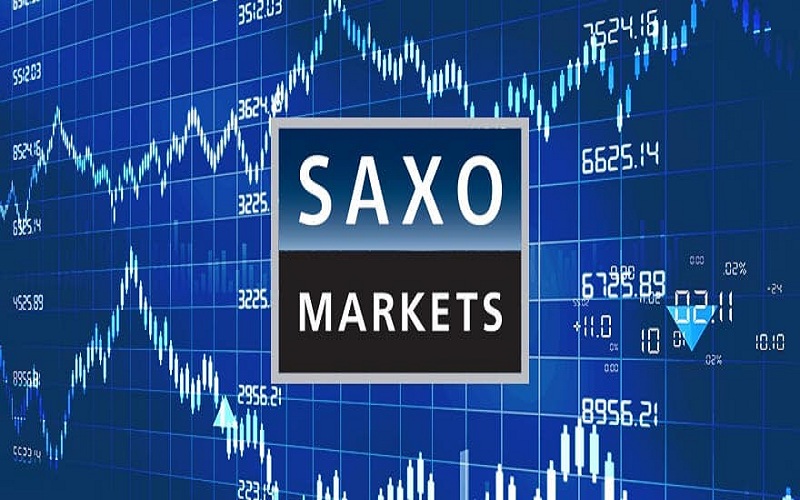
Choosing the right ETF: A step-by-step selection guide
Whether you’re a seasoned investor or just starting, selecting the best ETF can be daunting. With thousands of options available in the market, it’s easy to feel overwhelmed and unsure of where to start.
This is especially important considering that ETFs have become increasingly popular over the years, with more and more investors turning towards them as a cost-efficient and diversified way of investing in various assets such as stocks, bonds, commodities, and currencies. In this article, we will break down each step of the selection process to help you make an informed decision when choosing the perfect ETF for your investment goals.
Identify your investment goals and timeline
Investment goals and timelines are crucial factors investors should consider when making investment decisions. Having clear and specific investment goals can help investors determine the types of investments that can help them achieve their objectives. For instance, aiming to accumulate wealth for retirement may require different investment strategies than investing for short-term profits.
Regarding timelines, investors must decide when to start accessing the funds from their investments. Generally, the longer the timeline, the more willing investors should be to take on risk. Identifying investment goals and timelines is essential to a well-thought-out investment strategy.
Consider your risk tolerance
One of the most important factors to consider when investing is your risk tolerance. This refers to the risk you are willing to take to earn returns. Before making any investments, it is recommended that you take the time to assess your risk tolerance. This can involve evaluating your financial goals, your investing experience, and your circumstances. By understanding your risk tolerance, you can make more informed investment decisions that align with your goals and comfort level.
Analyse different ETF strategies
Exchange-traded funds (ETFs) have become a preferred investment vehicle for many investors due to their flexibility, low costs, and diverse portfolio offerings. When it comes to ETF strategies, a plethora of options exist for investors to choose from. Among the most popular strategies are passive, active, and tactical ETFs.
Passive ETFs track benchmark indices, aiming to replicate the performance of a particular market. On the other hand, active ETFs rely on portfolio managers’ skills in selecting individual securities to outperform benchmarks. Finally, tactical ETFs take advantage of market trends and investor sentiment to achieve returns through timely trading activities.
Research ETF characteristics
The world of exchange-traded funds (ETFs) can be complex and intimidating. Still, a proper understanding of the various characteristics of these investment vehicles can go a long way in helping investors make informed decisions.
Some key factors to consider when researching ETFs include their underlying index, the expense ratio, the frequency of trading, and the level of liquidity. Evaluating these and other features carefully can help investors select the ETFs that best align with their investment objectives and risk tolerance levels, potentially leading to superior returns over the long run.
Diversify your ETF holdings
Diversification has become a crucial aspect of any investor’s strategy in today’s rapidly evolving financial landscape. One key means of achieving diversification is using ETFs or Exchange-traded Funds. These funds allow investors to pool their investments with those of other individuals, providing access to a broad range of investments across various sectors and asset classes.
However, with the ever-increasing number of ETFs in the market, it becomes even more vital for investors to carefully curate their ETF holdings, ensuring that they invest in various asset classes and sectors. This helps significantly reduce risk and enhances the likelihood of generating higher returns over the long term.
Rebalance periodically
It is imperative to rebalance an investment portfolio periodically. The constant movement of the market means that what was once a well-diversified portfolio can quickly become lopsided and overexposed to one sector or asset class.
By rebalancing, investors can maintain a balanced and appropriately diversified portfolio, reducing risk and improving returns over the long term. Saxo Capital Markets offers tools and resources to help investors rebalance their portfolios. With these tools, investors can be confident that their portfolios are optimised for long-term success.
Consider low-cost ETFs from reputable fund families.
Investors seeking long-term profits need to consider low-cost ETFs from reputable fund families. While the world of exchange-traded funds (ETFs) can be daunting and confusing, investing in low-cost ETFs can substantially impact performance outcomes. Notably, the expense ratio of an ETF can eat away at profits, reducing returns in the long run.
By investing in low-cost ETFs from reputable fund families, investors can benefit from low fees while knowing their investment is backed by experienced professionals with a proven track record of success.
In conclusion
Investing in ETFs can be valuable to any investment strategy, offering diversification, lower costs, and potentially higher returns. However, it is essential for investors to carefully consider their risk tolerance, research different ETF strategies, analyse critical characteristics of ETFs, diversify their holdings, rebalance periodically, and choose low-cost options from reputable fund families.
By following these guidelines, investors can make informed decisions that align with their goals and risk tolerance levels, potentially leading to long-term financial success. Remember, the key to successful investing is finding the right balance between risk and reward, and ETFs can be a valuable tool in achieving this balance.



